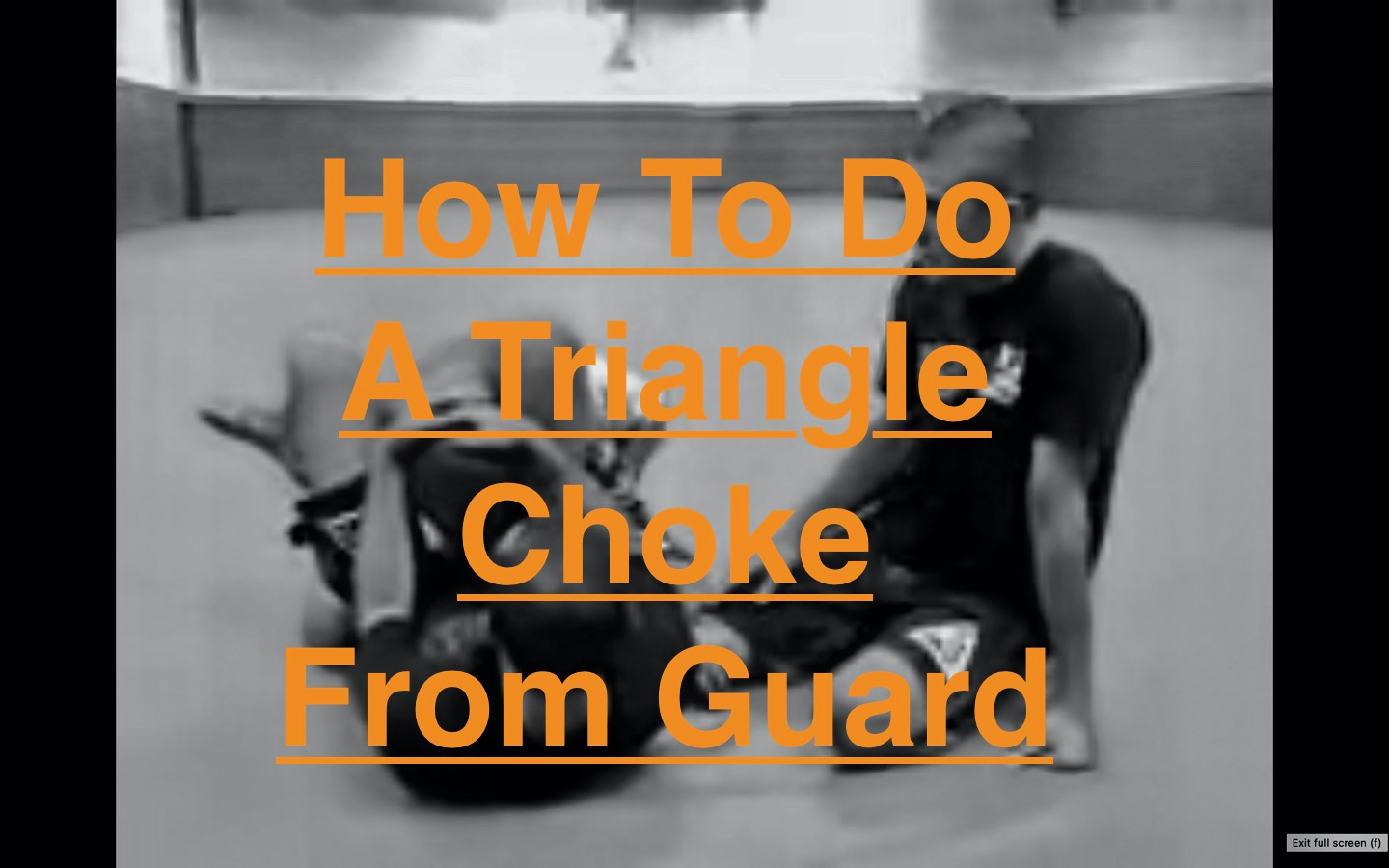
The triangle choke is an essential choke in BJJ. Brazilian Jiu-Jitsu as a martial art is focused on using body mechanics to submit an opponent even if they might be larger and stronger than you and the triangle from guard is a perfect example of that. Using the geometry of your legs and your opponent’s neck and arm, the triangle allows you to choke them without relying on strength.
The BJJ Stage 1.5 position is an open guard position that uses a push-pull on your opponent’s arm to secure them in a spot that prevents them from punching (in MMA or on the street), passing your guard, or backing out of the position. Stage 1.5 in Jiu-Jitsu is achieved by gripping your opponent’s wrist while pushing your knee into their elbow, blocking any movement forward or back.
The triangle choke stage 1.5 variation is a part of the How To Get A Blue Belt guide by Gracie Jiu-Jitsu.
Start: Stage 1.5 position, side with knee trapping opponent’s arm will be attacking side
Step 1: Push knee forward and then use the space created to slip foot up and over opponent’s shoulder, cross ankles
Step 2: Pull opponent’s trapped arm across your body to the attacking side
Step 3: Grab back of opponent’s head to pull them in and drop your non-attacking side leg to their hip, adjust your position so that opponent’s trapped arm is 90 degrees
Step 4: Bring attacking-side leg over opponent’s neck so that your hamstring is against their neck and figure four your non-attacking leg over your shin
Step 5: Push your knees together, pull opponent’s head down and push your hips up
End: Submission via stage 1.5 triangle choke



